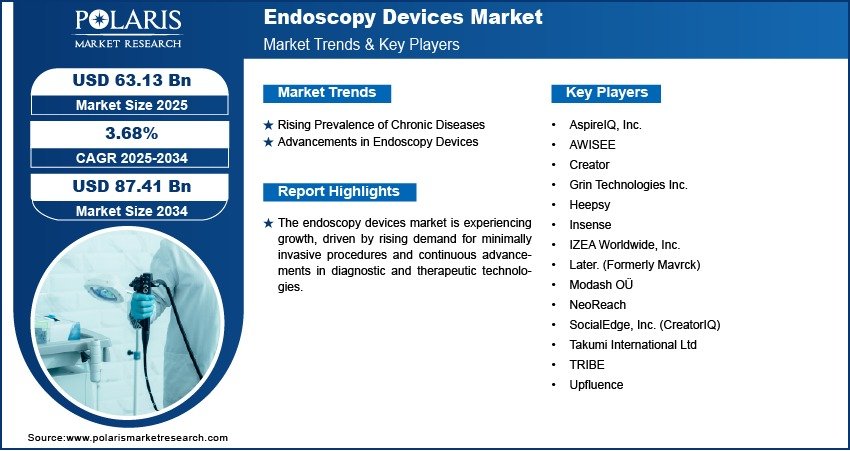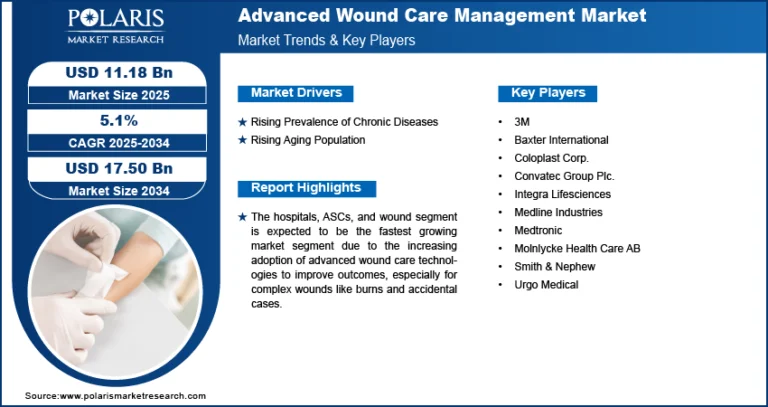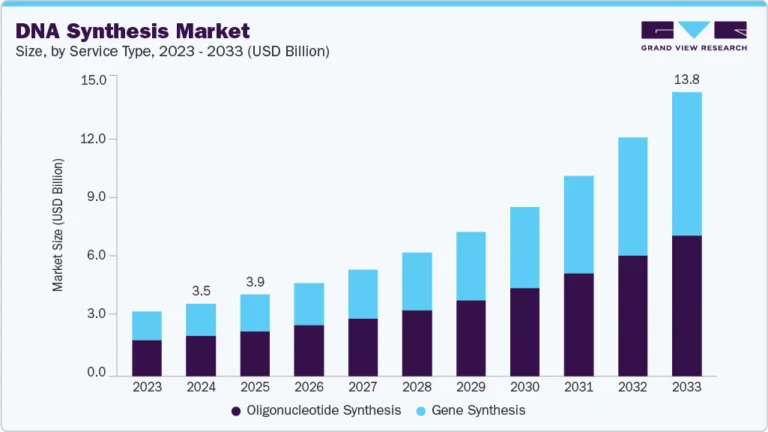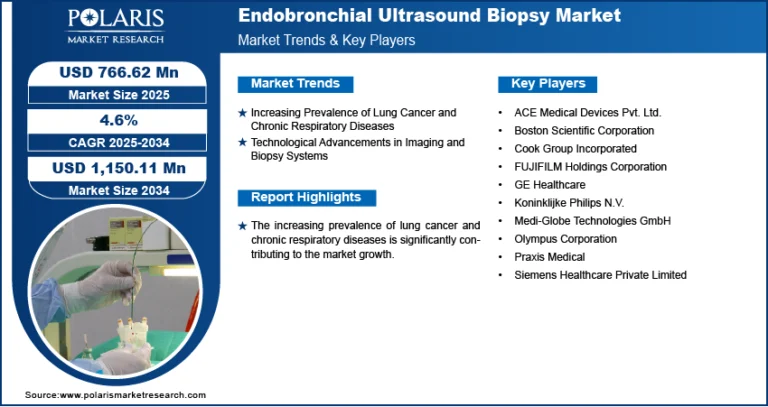Endoscopy Devices Market Projected to Reach USD 87.41 Billion By 2034, Growing at a CAGR of 3.68%

The global Endoscopy Devices market size was valued at USD 60.94 billion in 2024 and is expected to grow from USD 63.13 billion in 2025 to USD 87.41 billion by 2034 , exhibiting a Compound Annual Growth Rate (CAGR) of 3.68% during the forecast period from 2025 to 2034 .
- Rising Prevalence of Chronic Diseases: Increasing incidence of gastrointestinal disorders, cancer, respiratory diseases, and urological conditions is driving demand for minimally invasive diagnostic and therapeutic procedures using endoscopy devices.
- Technological Advancements in Endoscopic Imaging: Innovations such as high-definition imaging, capsule endoscopy, 3D endoscopy, and AI-integrated visualization systems are enhancing diagnostic accuracy and procedural efficiency.
- Growing Adoption of Minimally Invasive Procedures: Patients and healthcare providers are increasingly preferring minimally invasive surgeries due to faster recovery times, reduced hospital stays, and lower risk of complications.
- Expansion of Ambulatory Surgical Centers (ASCs): The rising number of ambulatory surgical centers and outpatient clinics equipped with advanced endoscopic tools is contributing to market growth.
- Increasing Healthcare Expenditure and R&D Investments: Governments and private players are investing heavily in medical device innovation and infrastructure development, especially in emerging markets, supporting broader access to endoscopic technologies.
- Market Size in 2024 – USD 60.94 billion
- Market Size in 2025 – USD 63.13 billion
- Projected Market Size by 2034 – USD 87.41 billion
- CAGR (2025–2034) – 3.68%
Endoscopy devices are medical instruments used to visualize internal organs and tissues for diagnostic and therapeutic purposes without the need for open surgery. These devices include rigid and flexible endoscopes, video capsules, endoscopic ultrasound systems, and accessories such as biopsy forceps, snares, and stents. They are widely used across hospitals, specialty clinics, and ambulatory surgical centers for applications in gastroenterology, pulmonology, urology, gynecology, and ENT.
The endoscopy devices market is being driven by the growing prevalence of chronic diseases requiring early diagnosis, advancements in imaging technology, and the rising preference for minimally invasive procedures. Additionally, an aging global population, which is more susceptible to diseases like colorectal cancer and gastrointestinal disorders, is further boosting demand. The integration of artificial intelligence and machine learning into endoscopic platforms is also improving disease detection rates and reducing human error.
Technological innovation continues to shape the future of the endoscopy devices industry. Companies are launching compact, portable endoscopic systems and AI-powered diagnostic tools that enable real-time analysis of tissue abnormalities. Furthermore, strategic collaborations between medical device manufacturers and healthcare institutions are accelerating the adoption of next-generation endoscopic solutions. As healthcare infrastructure improves globally, particularly in Asia Pacific and Latin America, the market is poised for steady expansion over the coming decade.





